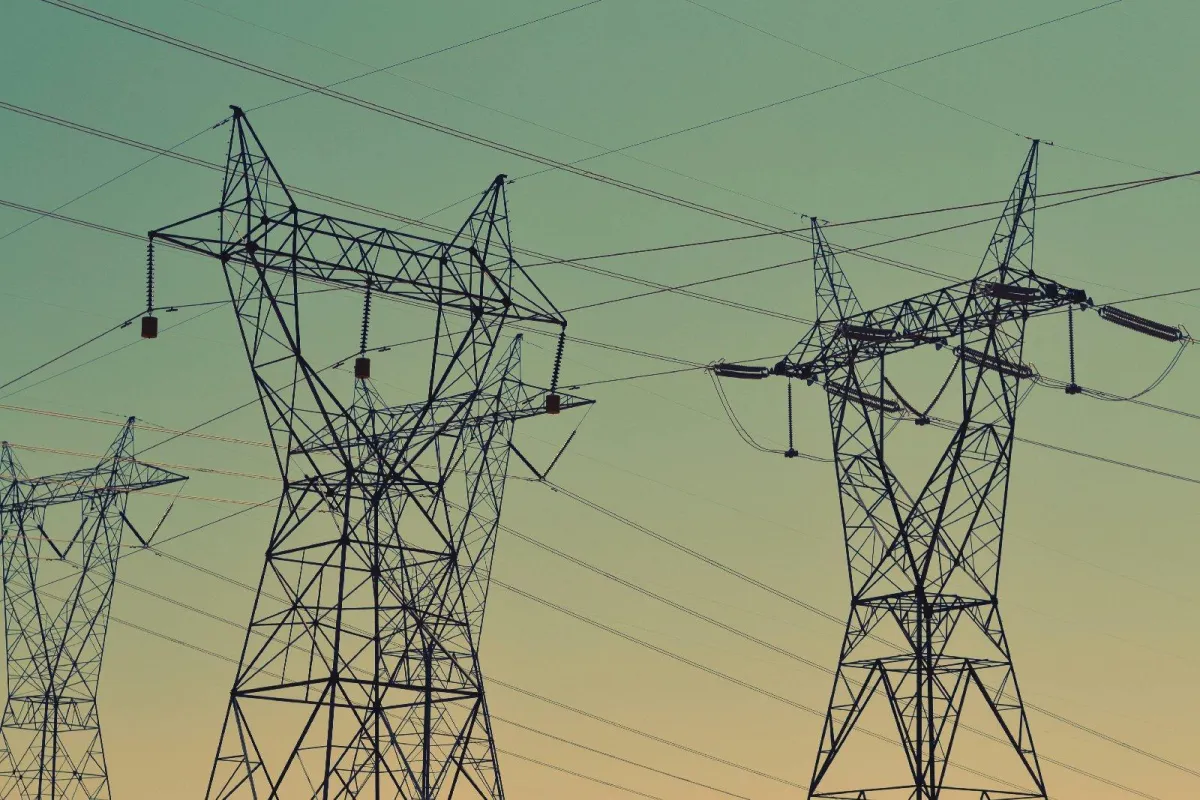
Three Phase Power and Why Your Business Needs It | Voltage Ventures
Most homes run on single phase power, but commercial buildings?
They need something stronger - that’s where three-phase power comes in.
In a single-phase setup, electricity flows through just one alternating current (AC), which works fine for homes with basic energy needs.
But commercial buildings often rely on three AC waveforms working together.
This delivers a steadier, more efficient power supply, and is ideal for businesses that run large equipment or HVAC systems.
If that sounds a little technical, don’t worry.
Let’s break it down.
Table of Contents
How is Three-Phase Power Different from Single-Phase Power?
Why Do Businesses Use Three-Phase Power
Which Industries Need Three-Phase Power?
Signs Your Business May Need Three-Phase Power
How to Check If You Already Have Three-Phase Power
What is Three-Phase Power?
Here’s the simple version:
Three-phase power is an electrical system that uses three currents flowing in sequence to provide consistent, high-capacity electricity, ideal for powering commercial buildings, heavy machinery, and large systems.
Imagine it like this:
Think of three people in a rowboat.
Single-phase power: One person rows every three seconds – stroke… two… three….
This moves the boat, but it’s a bit jerky.
Three-phase power: All three rowers take turns stroking every second – stroke, stroke, stroke.
The boat moves faster, smoother, and more efficiently.
That’s what three-phase power does for your building; smoother, more reliable electricity with less strain.
How is Three-Phase Power Different from Single-Phase Power?
While both three-phase power and single-phase power deliver electricity, they do so very differently.
Let’s look at a few major differences:
Voltage Delivery
Single-phase: One current wave means brief drops in power between peaks.
Three-phase: Three overlapping waves keep energy flowing without interruption.
Efficiency
Three-phase systems use less conductor material and lose energy along the way.
Motors and heavy equipment run cooler and last longer on three-phase power.
Load Capacity
Single-phase: Fine for lights and small appliances.
Three-phase: Handles large equipment, compressors, and entire data centres with ease.
Quick Comparison:
Which One Do You Need?
Stick with single-phase power if you’re powering a home or small office.
Upgrade to three-phase if you use industrial machines, large HVAC systems, or high-power tech setups.
Why Do Businesses Use Three-Phase Power
Big buildings, like factories, data centres, and office towers, rely on three-phase power for a reason.
Here’s why:
Smoother, More Efficient Equipment Performance
Large motors, compressors, and HVAC systems run more reliably and efficiently. No dips, no strain, no sudden shutdowns.
Less Stress on Equipment means Longer Lifespan
Single-phase pushes all power through one wire, which heats up and wears out.
Three-phase spreads the load, reducing wear and keeping things cooler, extending the life of your machines.
Balanced Power Means Fewer Interruptions
Because the three phases overlap, there are no voltage drops, which means fewer circuit trips, no flickering lights, and no system crashes, important for IT and manufacturing.
Cost-Saving Over Time
Three-phase systems use less wiring for the same power output and waste less energy, lowering installation and utility costs in the long run.
Which Industries Need Three-Phase Power?
Three-phase power is essential in industries that rely on high-powered systems and uninterrupted energy flow:
Manufacturing plants (heavy machinery)
Large offices (HVAC, elevators)
Data centres (high-power computing)
Hospitals & labs (uninterrupted power for important systems)
Grocery stores and retail
Commercial kitchens
If your business relies on powerful equipment, constant uptime, and efficiency - three-phase is a must.
Signs Your Business May Need Three-Phase Power
If your facility experiences any of these issues, it may be time to consider three-phase power:
Frequent circuit breaker trips when running heavy equipment.
Motors overheating or equipment that underperforms.
Lights dim or flicker when large appliances kick in
Upcoming expansion (adding servers, machinery, EV charging, etc.)
High energy bills due to energy loss or inefficiencies
How to Check If You Already Have Three-Phase Power
Not sure what kind of power you’re using?
Here’s how to tell:
Check Your Electrical Panel
Look for a three-pole main breaker.
Labels like "3Φ" or "208V/480V" indicate three-phase service.
Voltage Test (Leave this to the pros)
A multimeter reading of 208V or 480V between wires(vs.120V/240V) is a giveaway.
Check your Utility Bill or Meter
Your service type is often listed in the fine print.
Why Hire a Licensed Electrician for Upgrades?
This kind of upgrade isn’t something you should try yourself.
Here’s why you should get an expert:
Safety: Working with high-voltage systems is dangerous, leave it to the experts.
Code Compliance: Licensed electricians make sure the setup meets all electrical codes and safety standards.
Avoid Expensive Mistakes: A pro gets it done right the first time, avoiding damage or costly repairs down the road.
Pro tip: If you’re building or renovating, future-proof with three-phase power, even if you don’t need it yet.
Powering Your Business for the Future
Three-phase power isn’t just for factories - it’s a smart investment for any business that values performance, reliability, and energy savings.
With smoother operations, fewer disruptions, and long-term cost savings, upgrading your power system could unlock your business’s full potential.
Not sure where to start?
Our team at Voltage Ventures can inspect your current setup and recommend the best path forward.
Let’s make sure your business is powered to perform.
Contact us today for a professional assessment!
